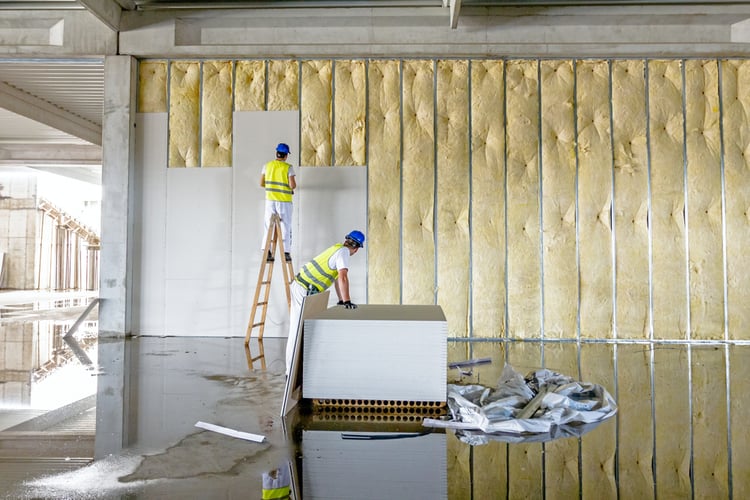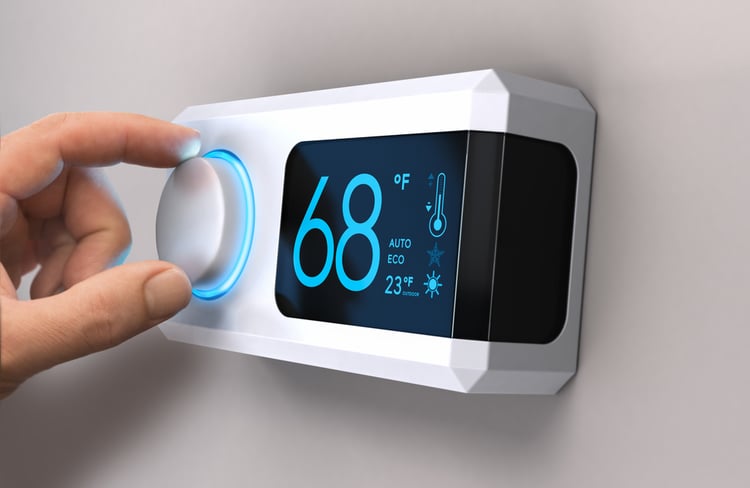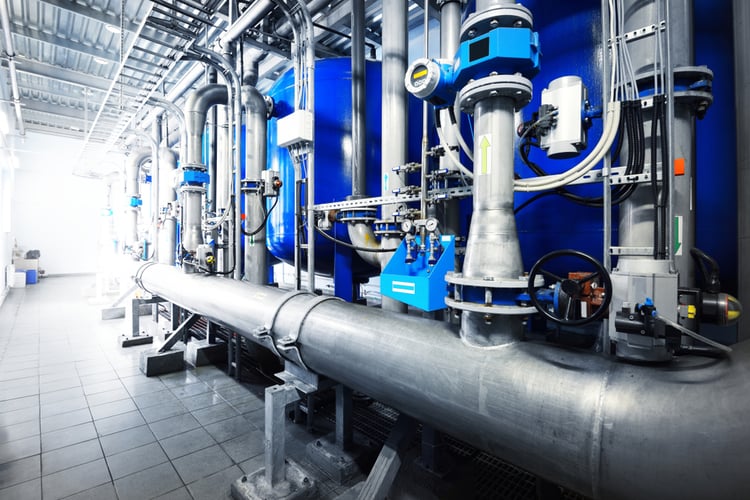You either cause combustion or electricity to heat a building, and each option has pros and cons. Combustion heating is an economical option for many buildings, but this means you have to burn fossil fuels directly and release emissions. On the other hand, electric heating systems have the potential to run on clean energy. However, electric resistance heaters are expensive to operate due to their high wattage, while electric heat pumps have lower operating costs but higher initial costs.
A reliable space heating system is essential during the winter, especially in places that reach very low temperatures. However, heating systems have a large carbon footprint when they do not work efficiently. Boilers and furnaces will consume more fuel when a building cannot retain heat effectively. Fuel consumption also tends to increase with older units, especially if they are poorly maintained. Electric heating systems can also indirectly produce high emissions if they obtain energy from a grid that relies on fossil fuel production.
Reduce your energy bills and emissions with a deep building modernization.
Here we will discuss some strategies for reducing the environmental impact of your space heating system. This is especially important if you own a building in New York City that is subject to Local Law 97 of 2019 as heavy penalties will apply starting in 2024. For every metric ton of CO2 equivalent above your building's annual limit, you will be charged US$268.
1) Proper insulation and air sealing can reduce heating emissions

Having an efficient building envelope is great as it saves energy all year round. Heat is kept inside more effectively during the winter when you need it, while outside heat is locked out during the summer when you don't need it. This means that an efficient building envelope not only reduces space heating costs, but also air conditioning costs.
There are two important requirements for an efficient building envelope: adequate insulation and air sealing. This reduces heat flow through walls, windows, roof and slabs. For example, if a building envelope upgrade reduces heat loss by 100,000 BTU/hour, that amount will be subtracted from the workload of your space heating system. To visualize how this would affect your emissions, let's use a quick, simplified example:
- Suppose you have a gas heating system that is 80% efficient. To provide this 100,000 BTU/hour, an input of 125,000 BTU/hour is required.
- In the case of natural gas, Local Law 97 of 2019 applies an emission factor of 0.00005311 tCO2-eq per kBTU. By saving 125 kBTU/hour, you also save 6.64 kg of CO2 per hour.
- If this heating system operates 4,000 hours per year, upgrading the building envelope will save 26.56 metric tons of carbon emissions.
For an accurate calculation of your energy savings and avoided emissions from a building envelope upgrade, you need a professional energy modeling service. However, all the BTUs saved by insulation and airtightness are subtracted from your heating bills, which also reduces your annual emissions.
2)Reduced heating emissions with smart thermostat settings

You can also reduce space heating emissions by simply adjusting your thermostat. There is a very useful rule of thumb from the US Department of Energy : by setting your thermostat 7°F to 10°F for 8 hours a day, you can save up to 10% on air conditioning and space heating.
Since building emissions depend on energy consumption, you can also reduce them by adjusting your thermostat. If the gas consumption of your space heating system is reduced by 10%, the associated emissions will also decrease by 10%. Keep in mind that the meaning of “turning the thermostat back” changes depending on the season.
- You save energy by lowering the temperature setting during winter, and increasing it during summer.
- Otherwise, you will achieve the opposite effect: greater energy consumption, more emissions and possible overcooling and overheating.
3)Reduce building emissions with an HVAC upgrade

Generally, HVAC systems are responsible for the majority of energy consumption in residential and commercial buildings. By performing a deep energy retrofit that involves an HVAC upgrade, you can reduce your consumption and emissions by more than 50%. However, retrofitting a building is a complex project that requires careful planning and large investments, which means that professional MEP engineering services are critical.

